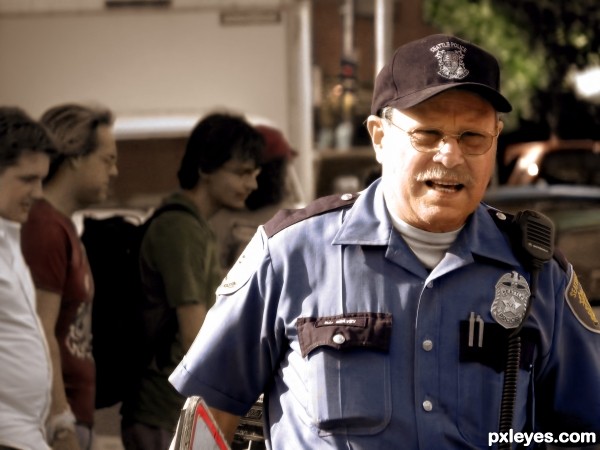1. This is the source image I started with. As you can tell there is a lot of noise in the picture. The first thing I did was download Topaz denoise (demo) and got rid of some of the noise. This was my first time using Topaz and I would highly recommend atlas trying it.



















